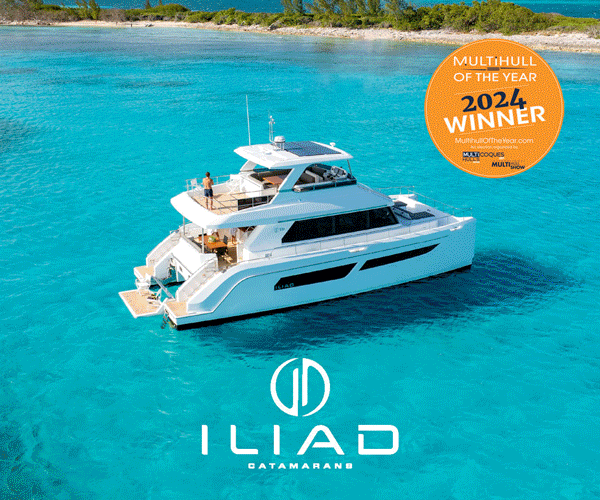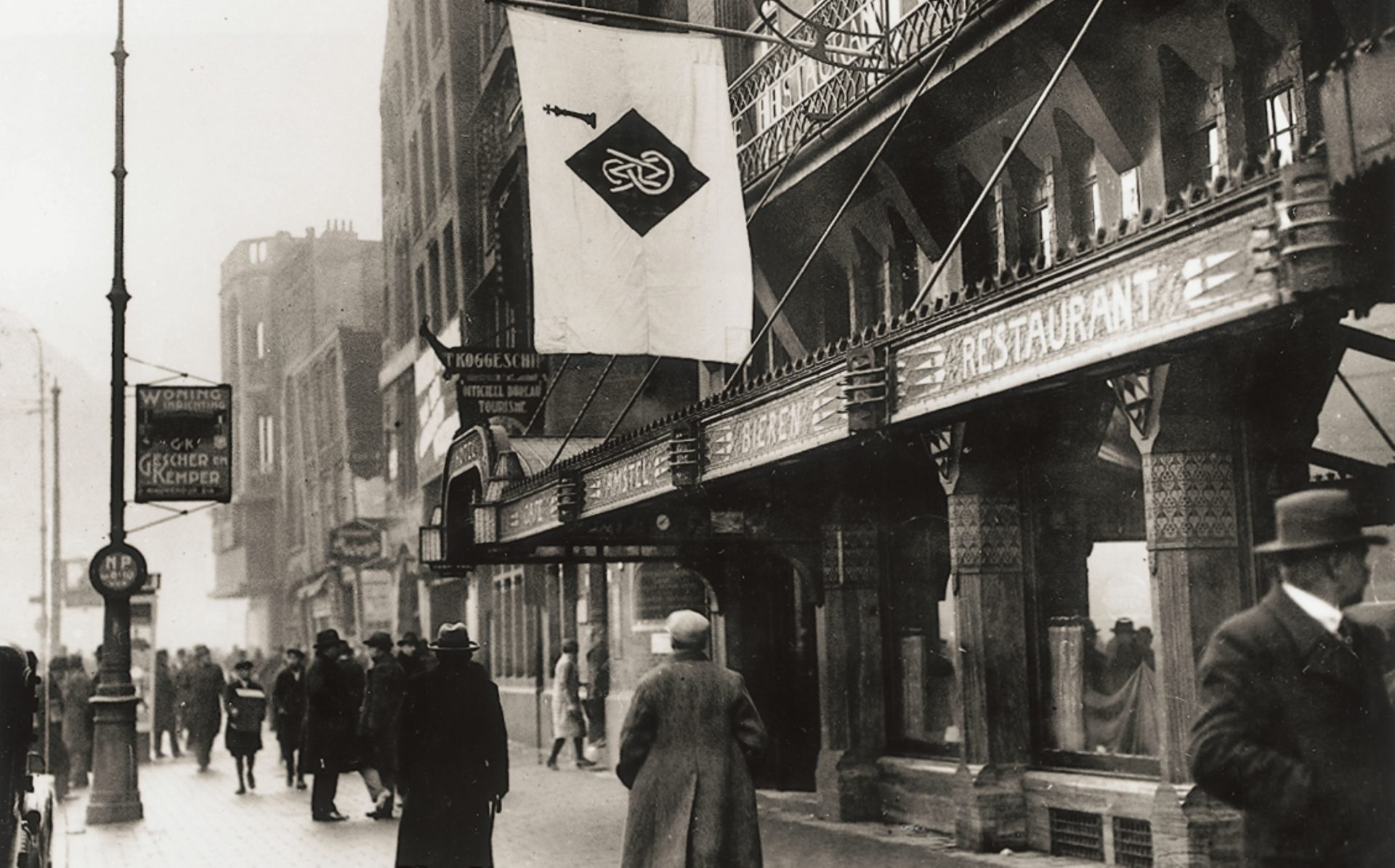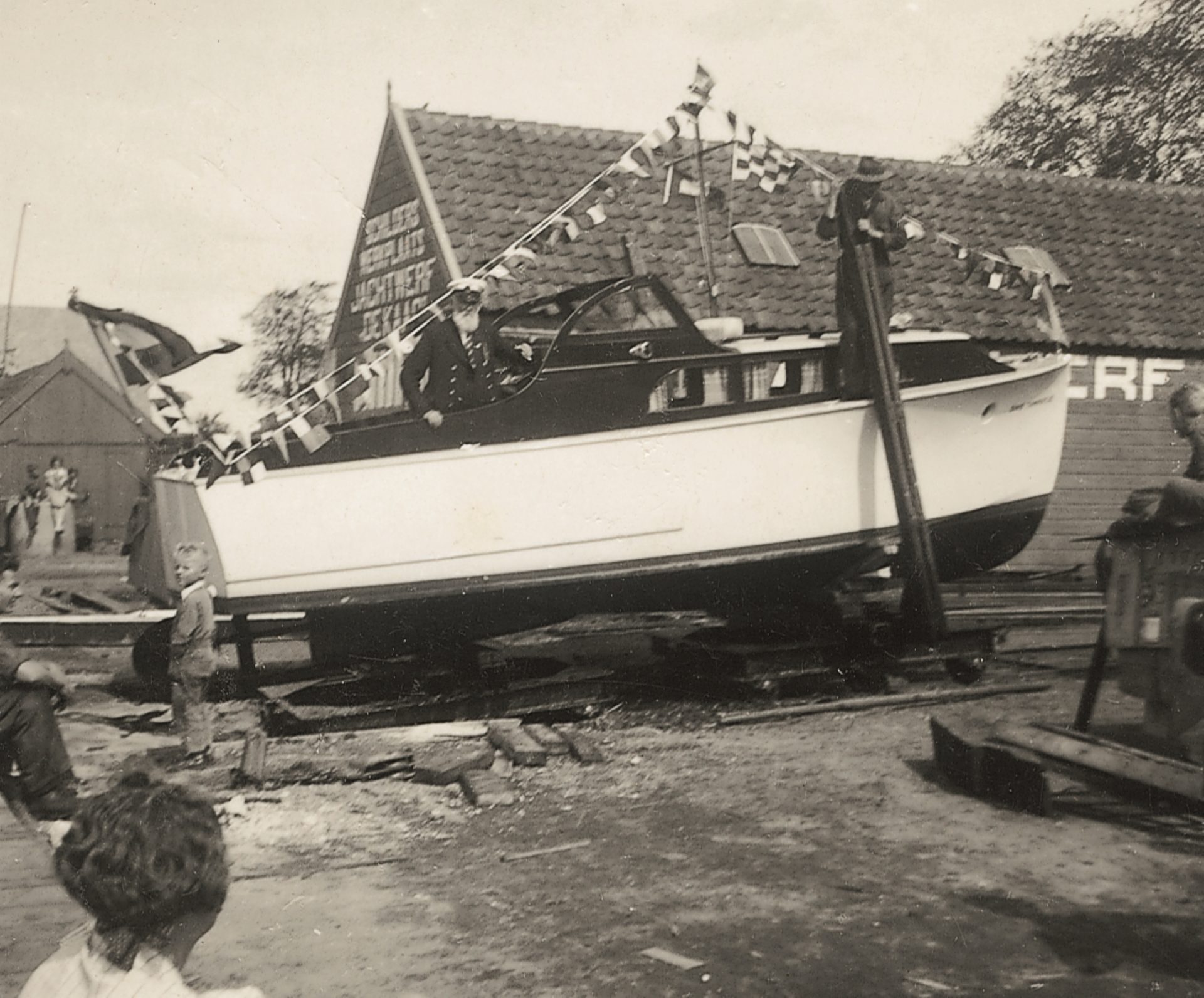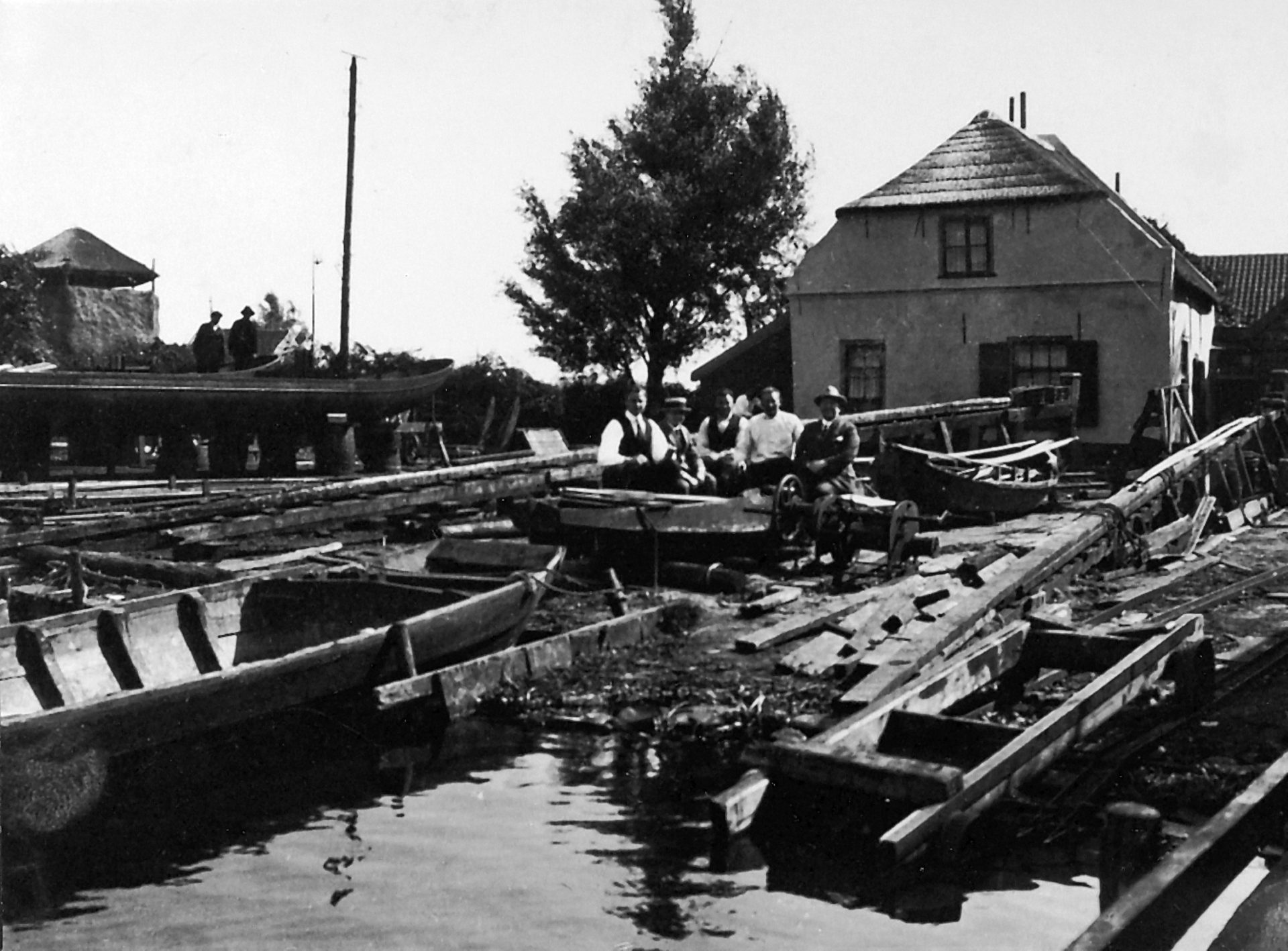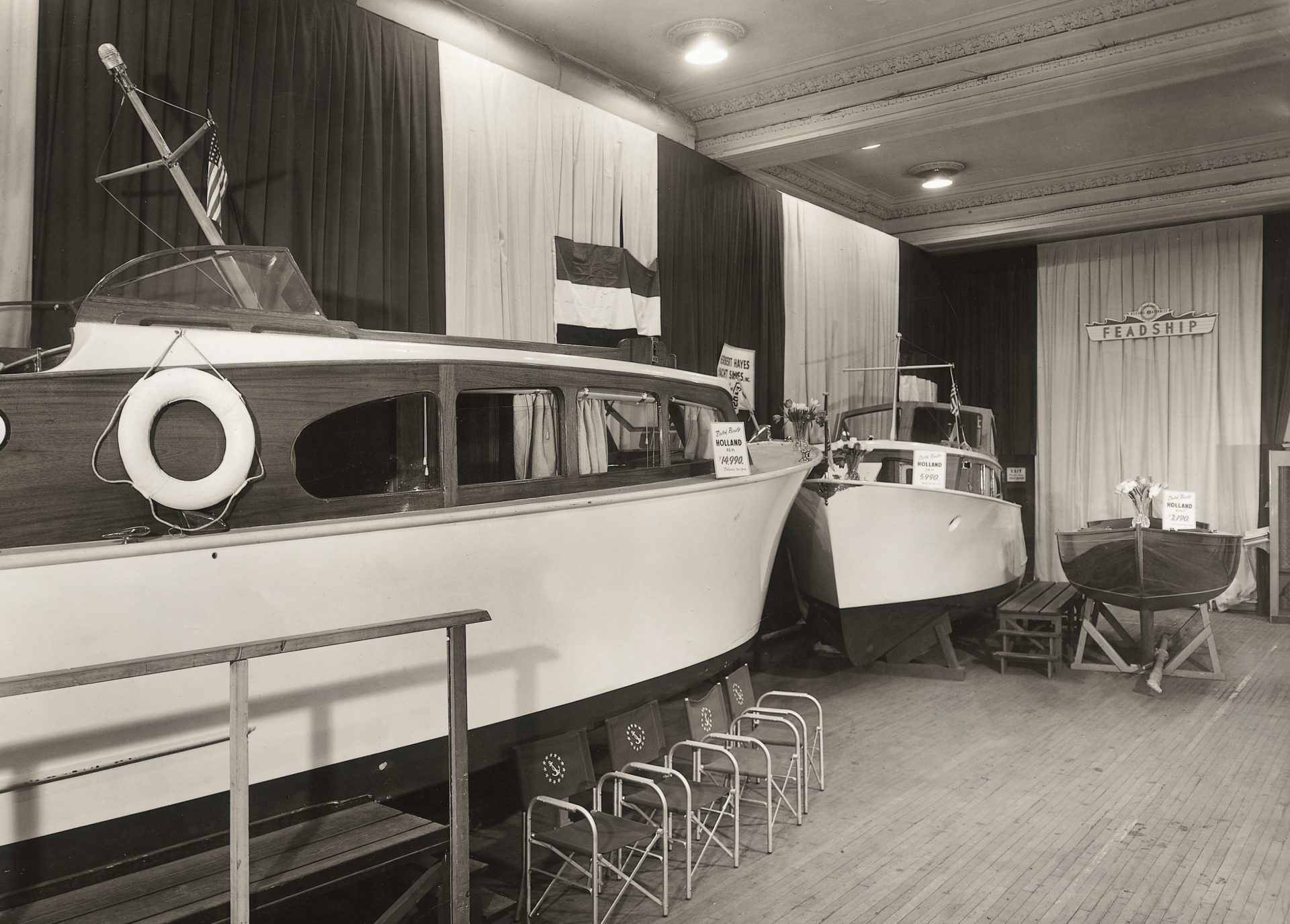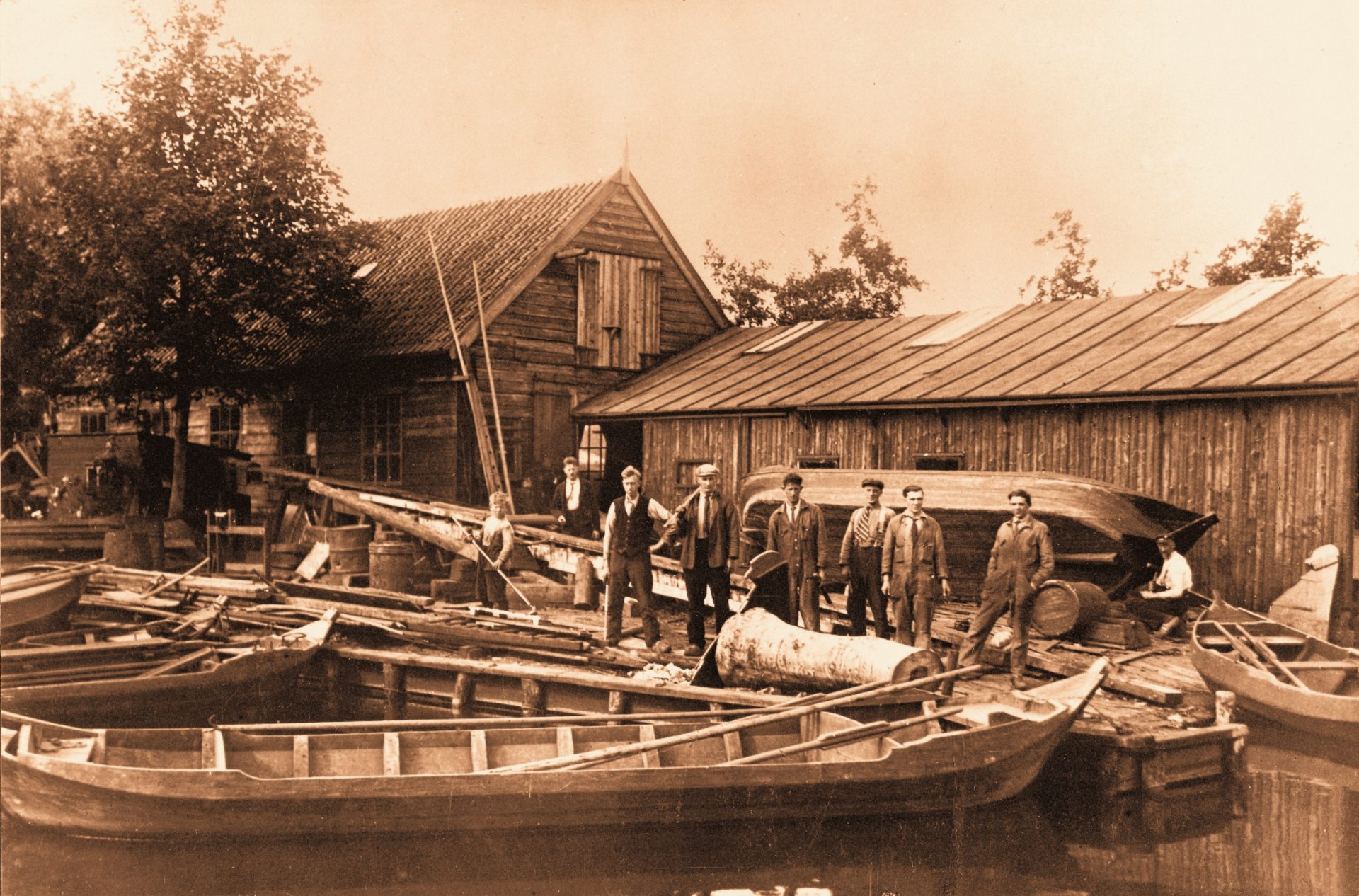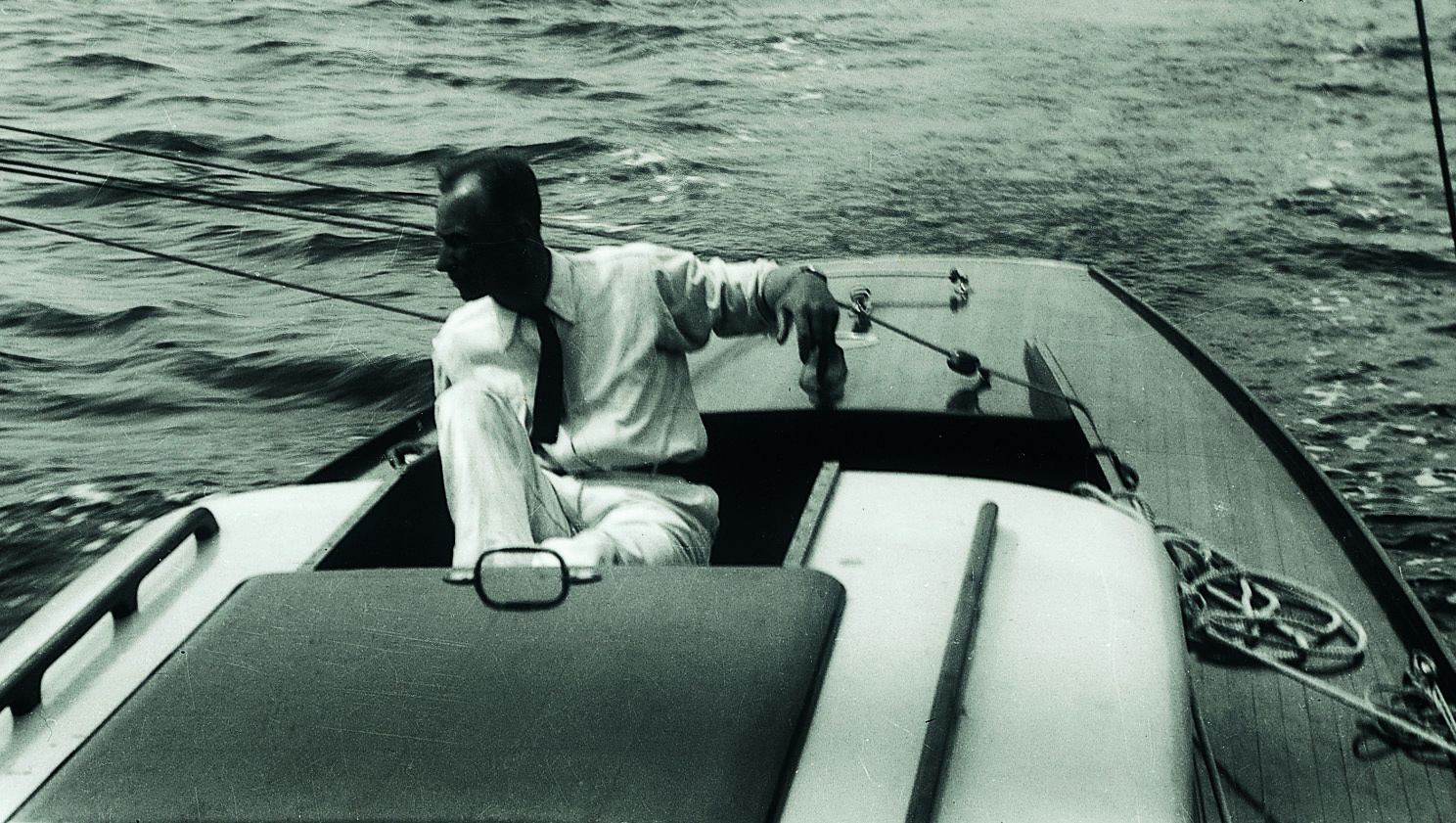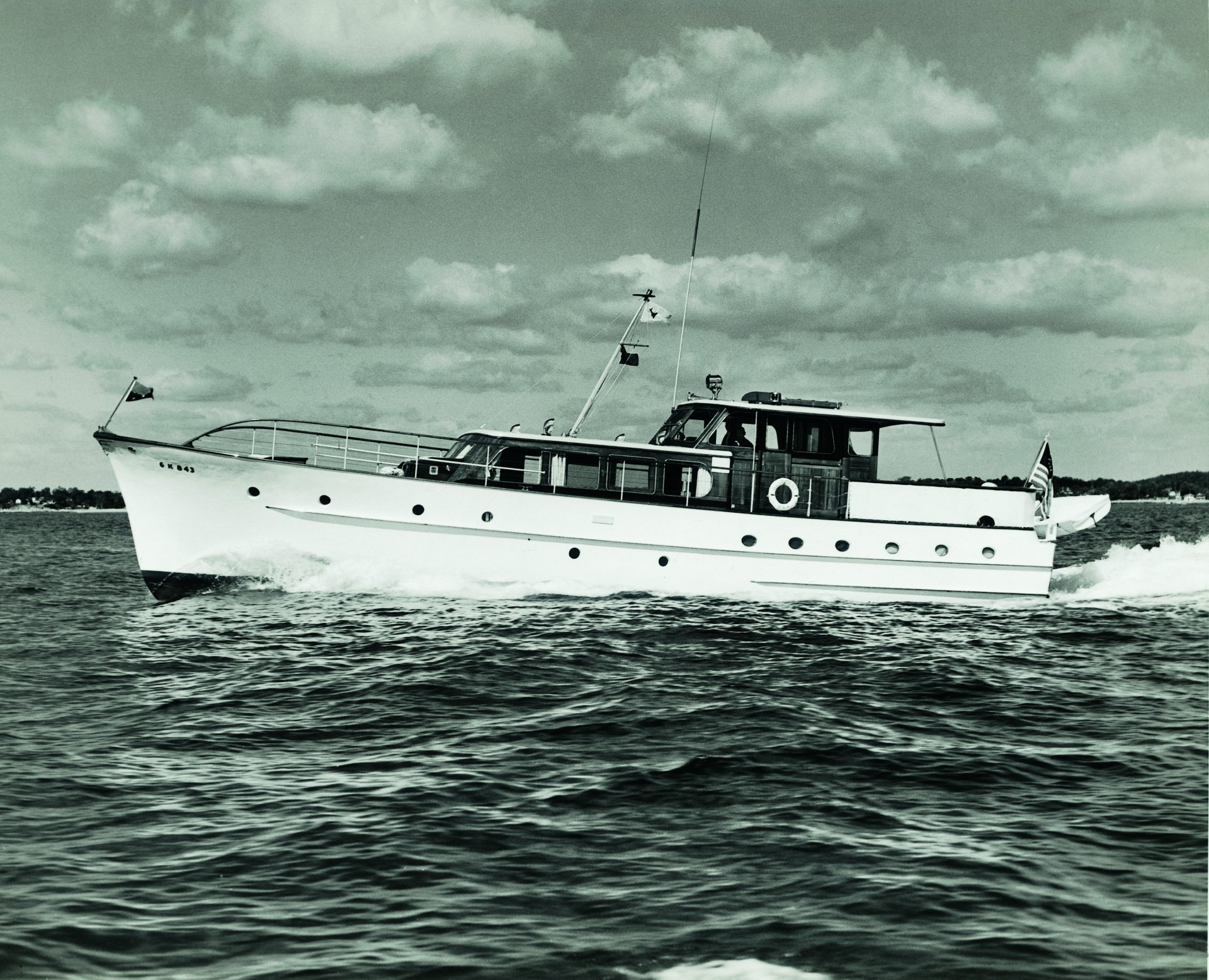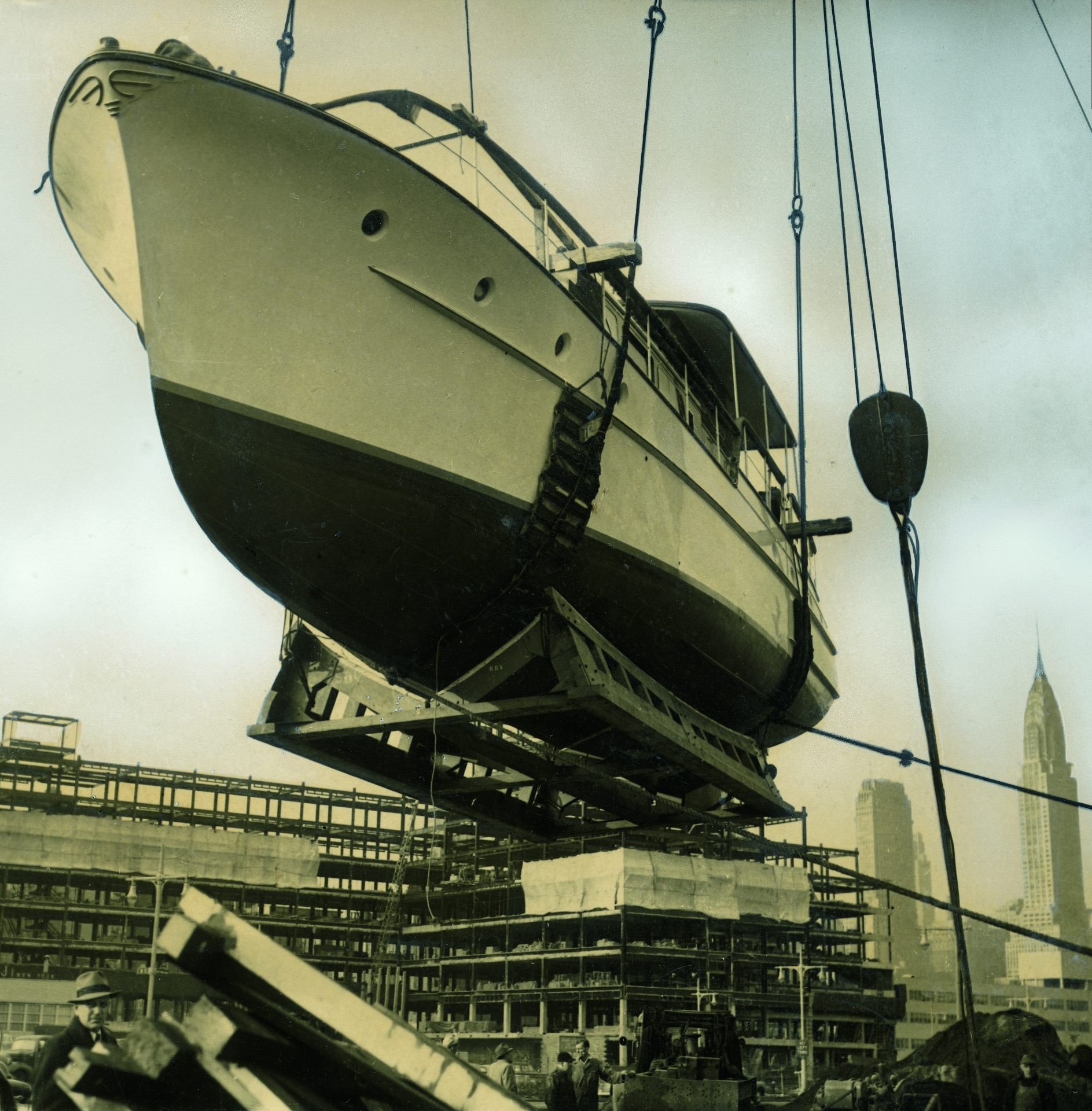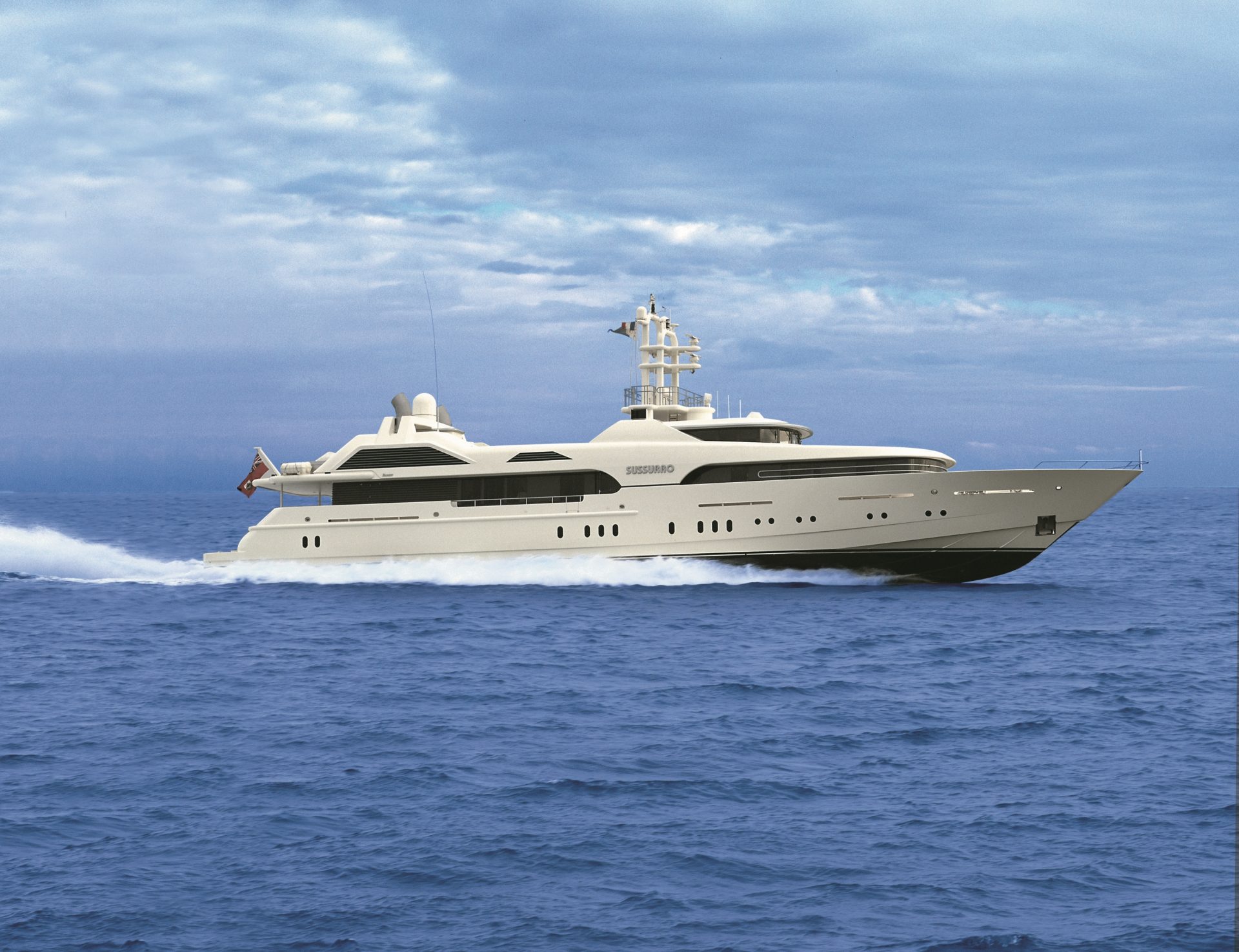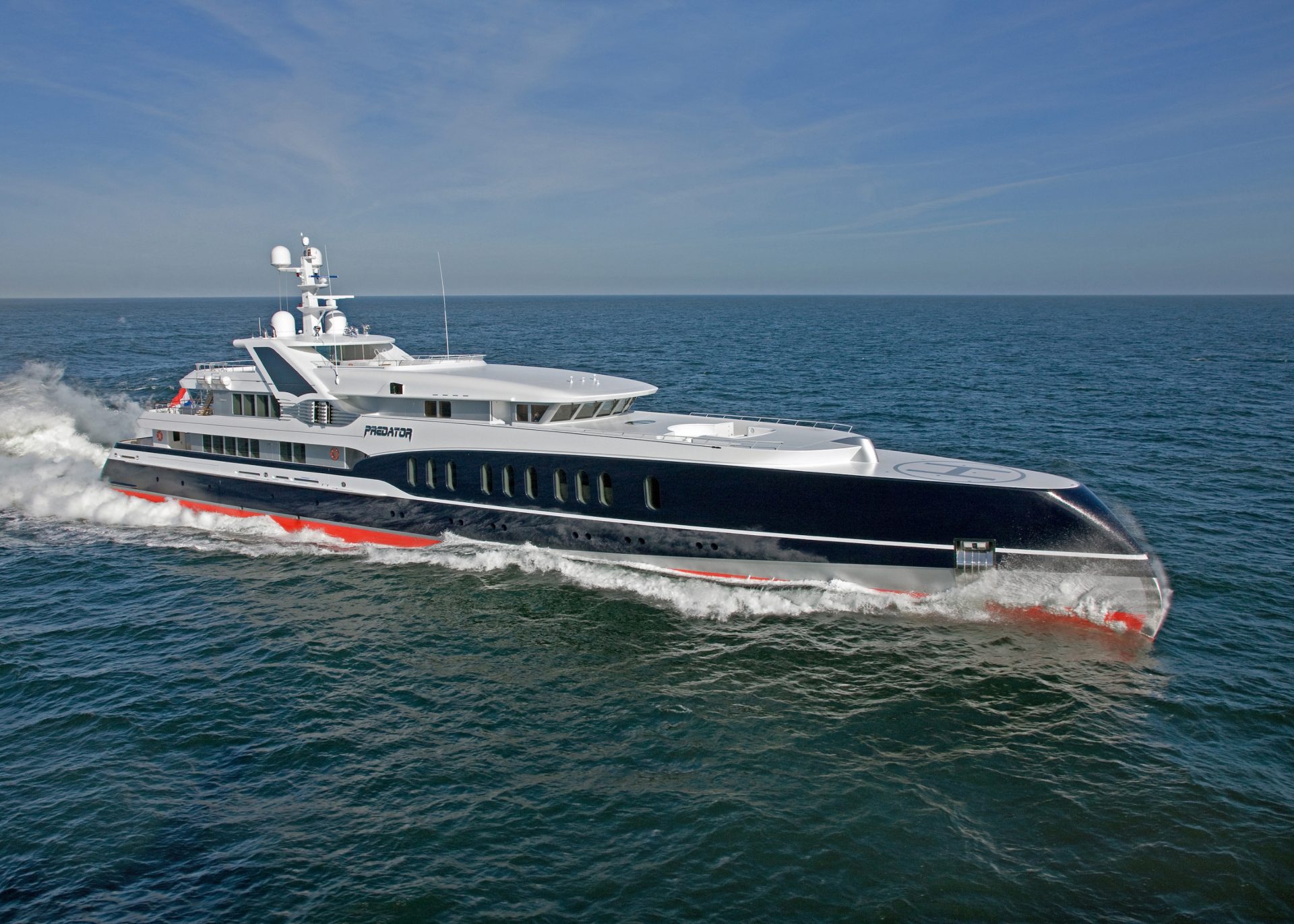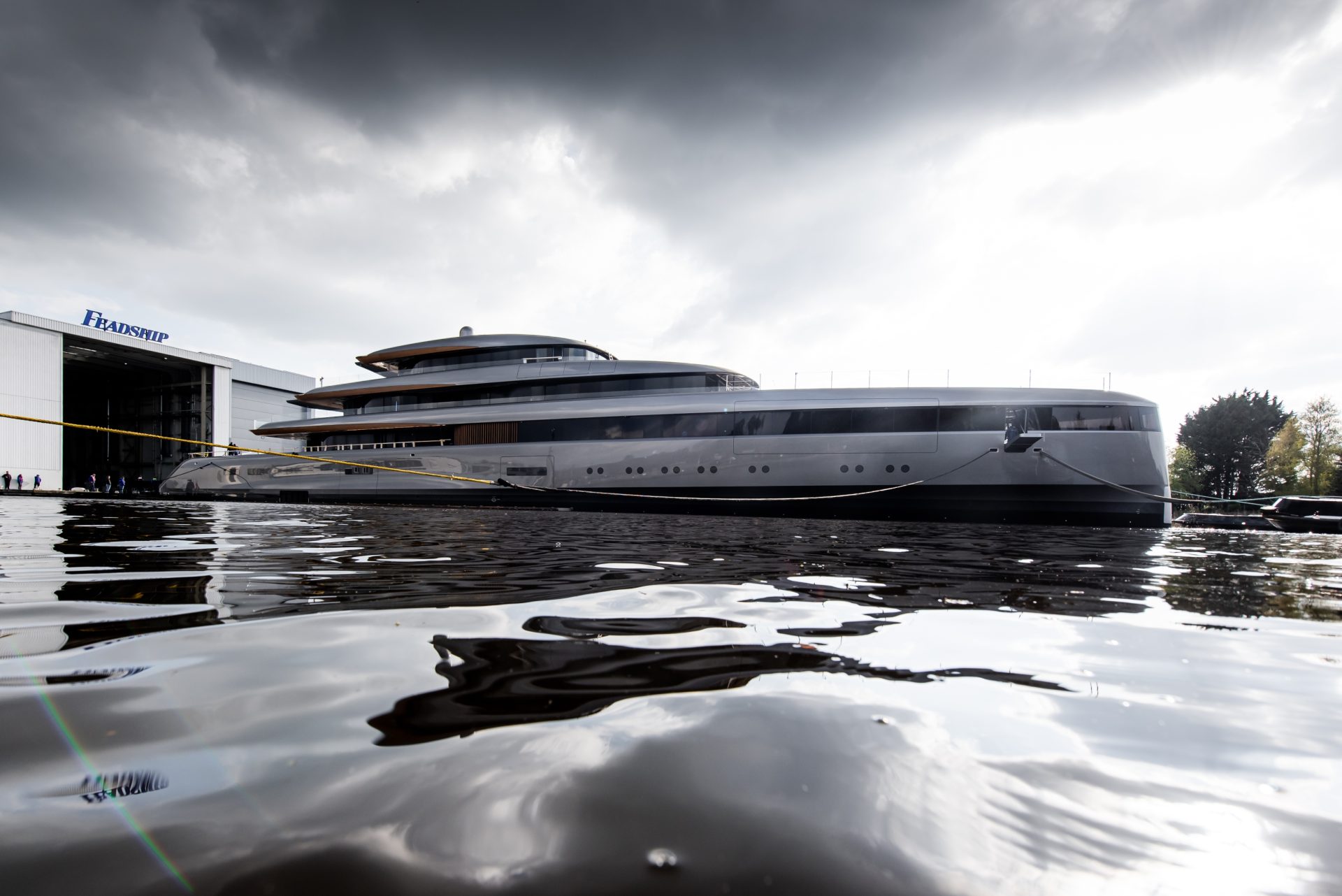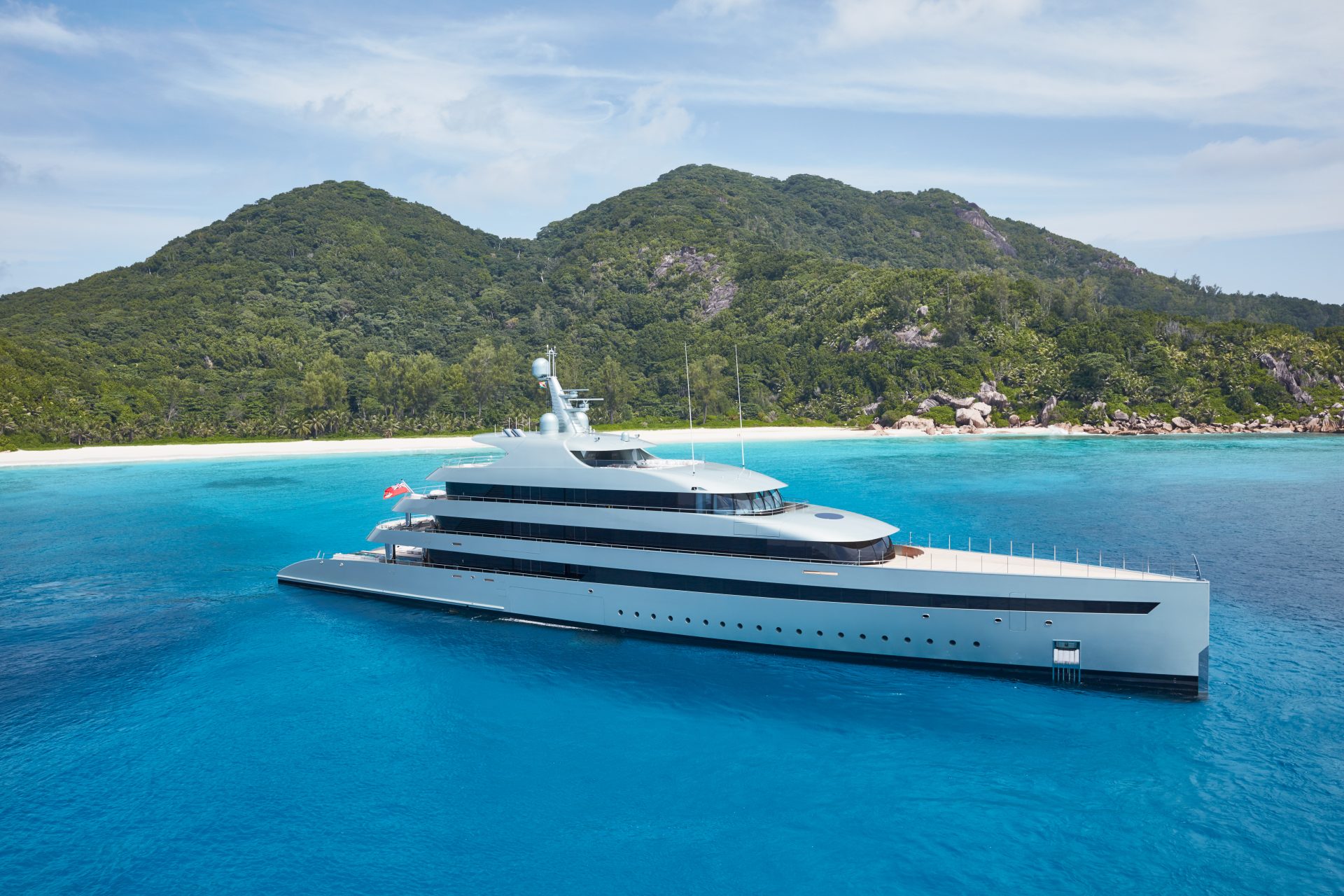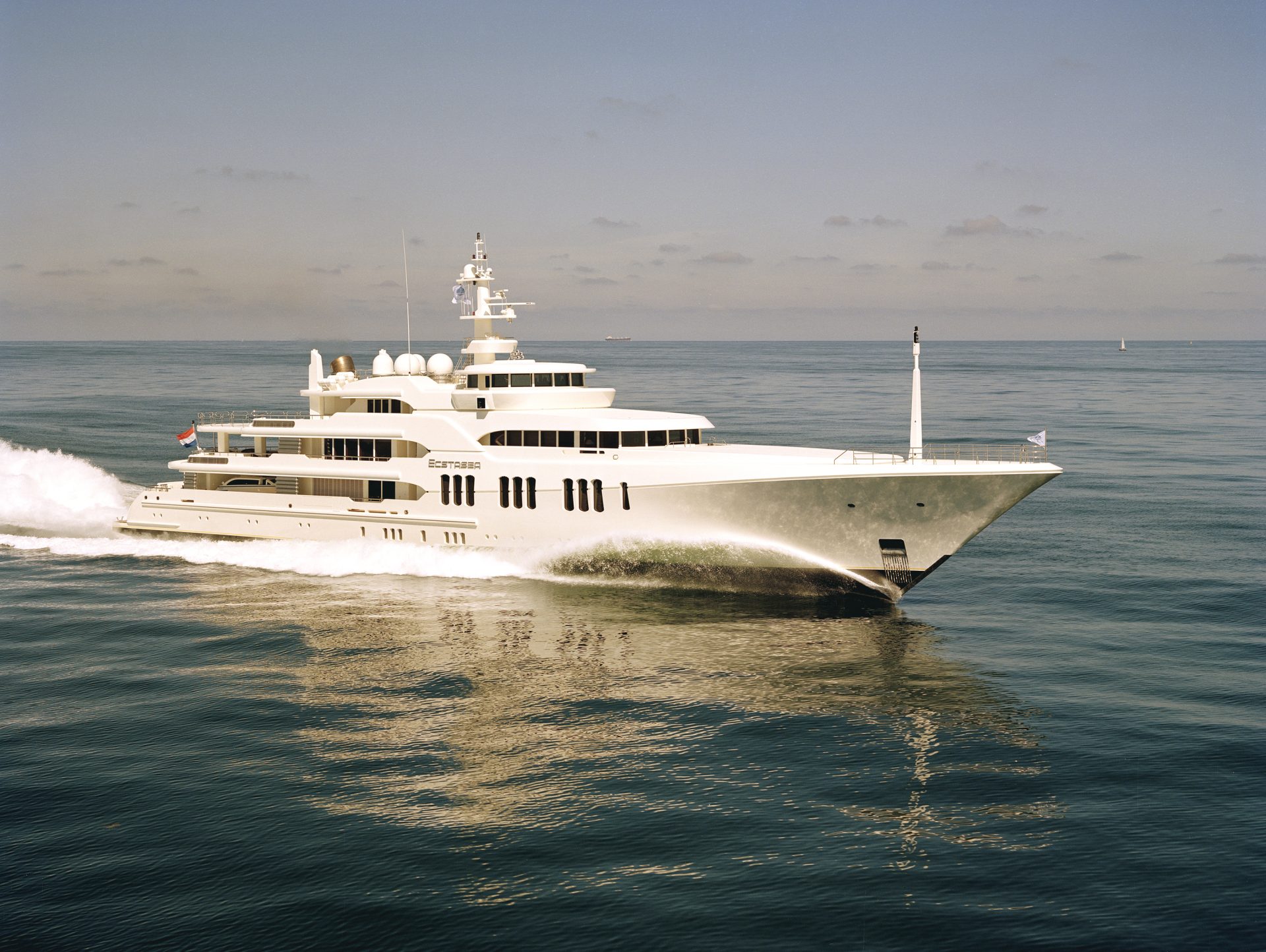Feadship celebrates 75
Feadship has set sail on a year-long diamond jubilee celebration as the Dutch shipyard marks its 75th anniversary.
Photography by Feadship
14 February 2024
Dutch shipyard Feadship is marking its diamond jubilee in the year 2024 as it kicks off a year-long celebration to mark its 75th anniversary.
Feadship is short for the First Export Association of Dutch Shipbuilders. The group was founded in 1949 after World War II left Holland’s previously successful yacht-building market in ruins.
With little money available in Europe for ordering pleasure boats, the main players in Dutch yachting looked further afield. Six yards and De Voogt Naval Architects agreed to pitch their products on the American market under the Feadship name.
While it may be 75 years for Feadship, the combined experience of De Vries (founded in 1906), De Voogt (1913) and Van Lent (celebrating its 175th anniversary this year) amounts to an overall maritime legacy of 404 years.
Since its modest origins in 1949, today Feadship has 1,700 metres of yachts under construction, including innovative projects like the 119-metre hydrogen fuel-cell-powered Project 821.
Now Feadship has four shipyards in the Netherlands – Aalsmeer, Amsterdam, Kaag and Makkum – and operates in eight other locations – Hoofddorp, Leiden, Papendrecht, Moordrecht, Heiloo, Waddinxveen and in Fort Lauderdale, USA. Overall, the company employs over 2,000 people.
It’s been an impressive growth curve since the first Feadships appeared at the New York National Boat Show, two years after a group of marine business owners gathered for an organisational meeting at De Roode Leeuw café in Amsterdam in 1949 to devise a plan to sell Dutch-built boats abroad.
Far from the glamour that now surrounds the superyacht industry, Feadship sprung from a pragmatic – perhaps even desperate – post-World War II plan to rescue Dutch industries by kickstarting exports to generate much-needed hard currency.
With most of Europe digging out literally and financially, boatbuilders wishing to prosper needed to look further afield, and the United States represented by far the most attractive potential market.
Assured of some government support, six boatbuilders launched Feadship with one purpose: to promote the export of luxury craft to the United States of America. Each of the members pledged the sum of 500 Dutch Guilders (with a purchasing power of €2,400 today) to the cause.
The well-known naval architect and boatbuilder Henri de Voogt joined Feadship soon after. His role was to be the designer of the future Feadships and often the chief salesman. It was a simple plan; each yard would contribute a boat designed for export, and all would share in the cost of marketing Feadships abroad.
All hopes and many jobs shipped along with three small boats – 8-metre and 10-metre motor cruisers and a 6.5-metre daysailer – sent to the January 1951 New York Boat Show. Crowds packed the Feadship stand, eager to see the sturdy steel hulls and all yachts were quickly snapped up.
With news of custom yachts of 23 and 30-metre ordered by prominent Americans in 1952, and 17-metre Capri and 19-metre Coronet crowned Queens of the 1953 and 1954 New York Boat shows, respectively, Feadship was off to the races.
The early years were not without teething pains and troubles with agents, cash flow, and the withdrawal of several original members. Still, with 90 yachts already sold in America in the first eight years, the potential rewards for persevering in the market were clear.
The builders of two of those very first Feadships shown in the US, Royal Van Lent and Koninklijke De Vries, now are juggernauts of the superyacht world, and the Feadship brand has delivered over 500 yachts to date with another four slated to deliver in 2024.
Just as adding furniture maker Van der Loo to their team in the 1950s and De Klerk later gave unprecedented quality to their yachts’ interiors, the yard was determined to innovate in technical areas with corrosion control, mechanical and electrical systems, aluminium and carbon fibre construction and the use of glass.
Feadships such as Sussuro, Ecstasea and Predator epitomised the more extravagant end of the spectrum, while yachts like Savannah and Obsidian showed how luxury could have a relatively reduced environmental impact, launching Feadship on its campaign to net zero by 2030.
Throughout the coming months, Feadship will be hosting special events sharing memories and discussing the next wave of innovations it plans for the future of its superyachting business, using the hashtag #Feadship75 on social media.



